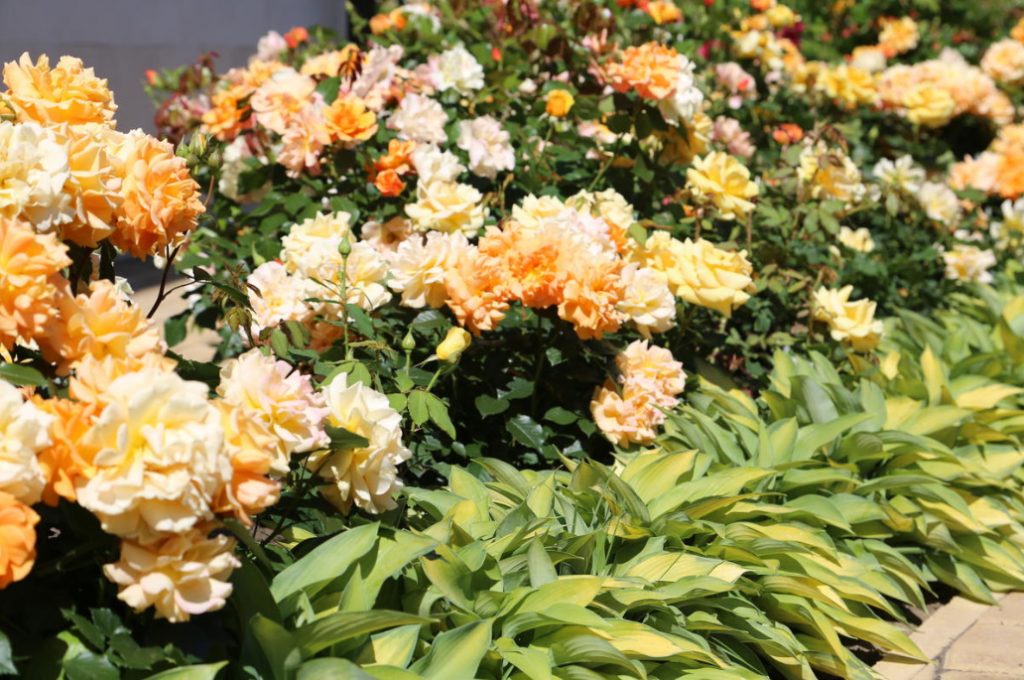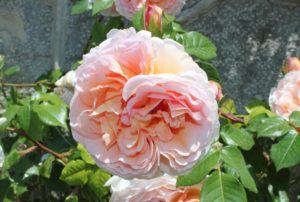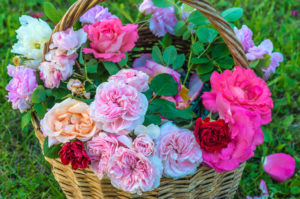Rust of roses
With a strong development of this disease, the plant can simply die. Rust pathogens-highly specialized rust fungi Phragmidium disciflorum (Tode) James and Phragmidium. tuberculatum Mull., infecting plants only within the genus.

Signs of rust damage may vary depending on the plant variety and the stage of development of the fungus. The main symptom of the disease is a bright powdery mass on the underside of the leaves, less often on the petioles, sometimes on the buds, fruits, and very rarely on the shoots of garden roses.
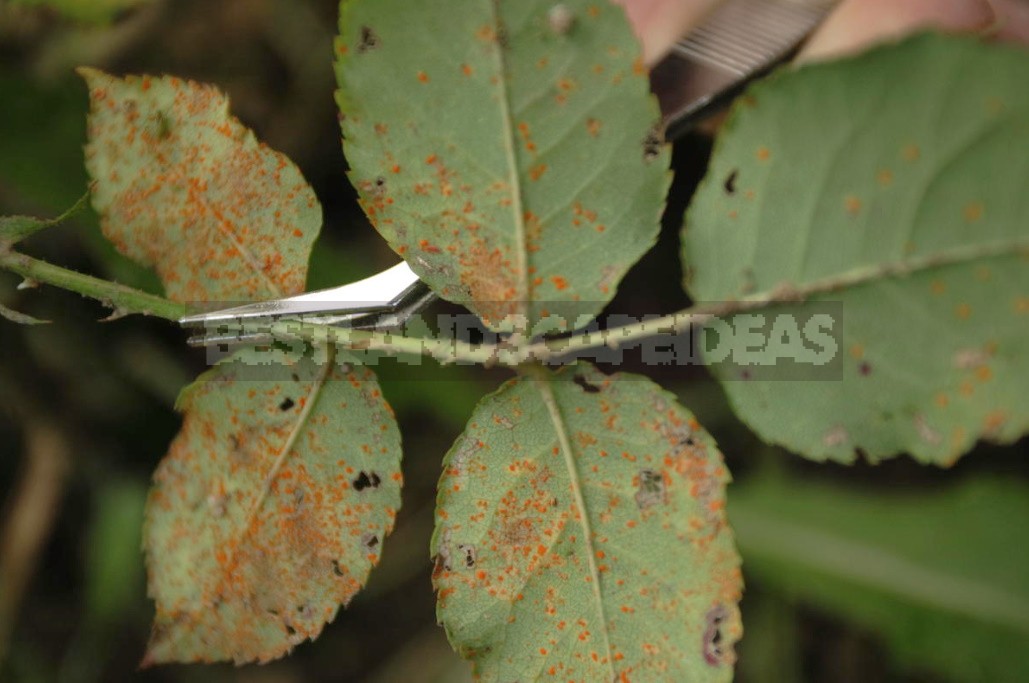
Annual renewal of infection occurs due to the overwintering stage of the fungus, which in the spring forms special infectious structures that affect the upper side of the rose leaf. At the same time, a small bright yellow or orange-red funnel-shaped spot appears on the surface of the leaf, from the lower side of which a powdery mass of infectious structures – eciospores, mainly yellow, is formed after a while. This stage of mushroom development ends around the middle of June.
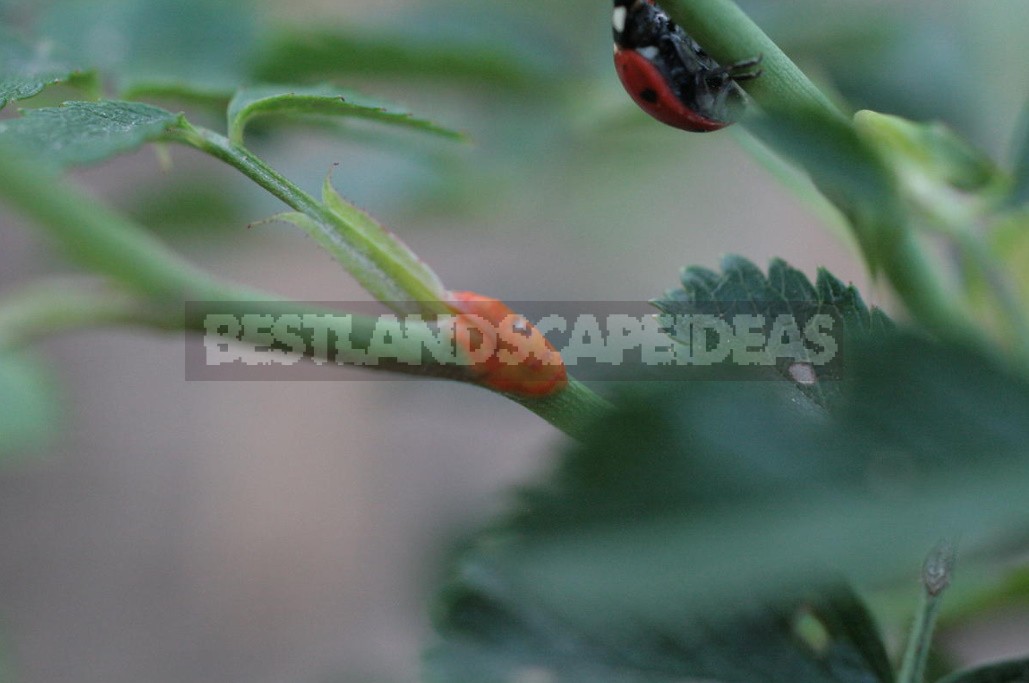
During this period of pathogen development, it is very important to identify varieties with symptoms of the disease, since they are the sources of further spread of infection. Leaves with signs of rust damage at this stage of its development should be carefully removed and destroyed.
Spores of rust fungus can easily be picked up by ascending air currents, long held over landings, and carried along with air masses for very long distances. Insects play an important role in the spread of spores.
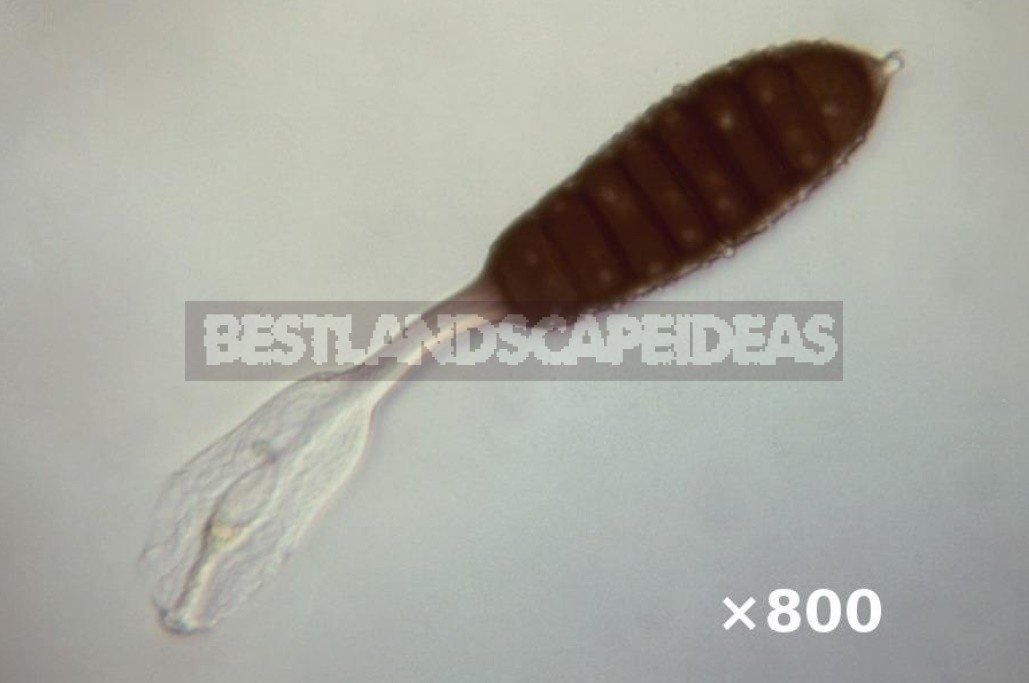
During the summer, you should regularly inspect your plantings, paying attention, first of all, to the underside of the rose leaves. If symptoms of rust are detected, the affected parts of the plant should be removed and destroyed, and the plants should be treated with permitted chemical means of protection. Under favorable weather conditions for the development of the fungus, intensive accumulation of the summer infectious stage of the fungus can lead to severe damage to plants and even their death.
Disease prevention
By the end of the summer season, dark-colored structures of the overwintering stage of the fungus may appear on the underside of the leaves. These spores can easily be separated from the attachment site and transferred to other parts of the plant, securely held on them due to the special properties of the surface. Thus, wintering spores can be on shoots, thorns, resting buds of roses, and most of the spores formed fall to the ground along with the foliage.
Collecting and destroying fallen affected foliage in this case is a necessary, but not sufficient measure to protect your roses from infection in the next year – the infection can successfully winter outside the plant tissues. Features of the life cycle of the rust pathogen require constant attention to planting throughout the growing season.
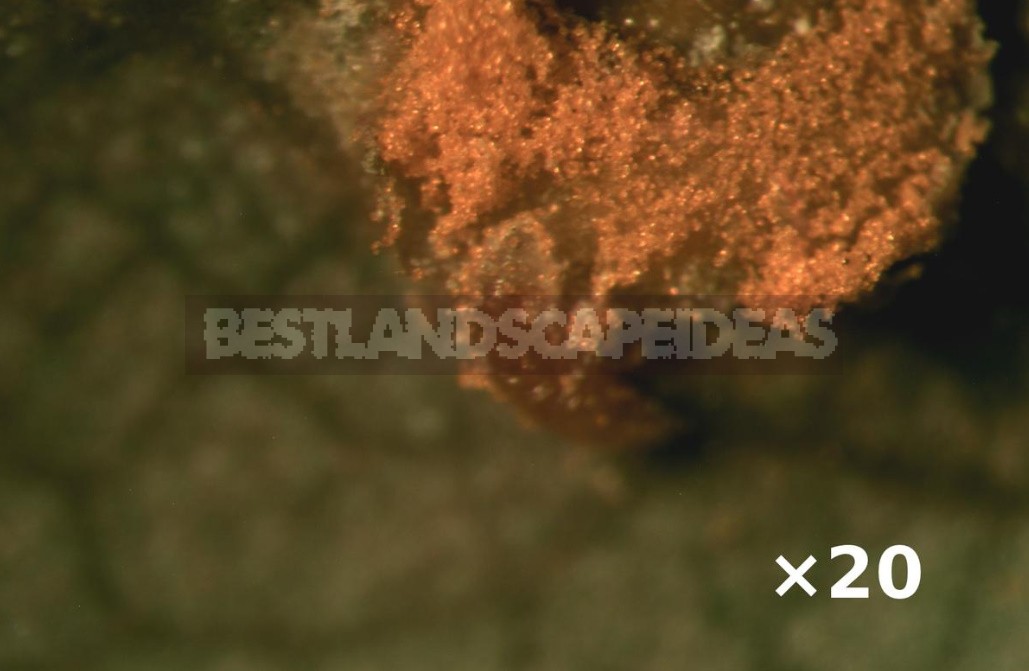
It is important to know that the accumulation of a large amount of infection by rust-susceptible rose varieties under certain weather conditions can cause infection even of highly resistant varieties. Given the high aggressiveness of the parasite and the features of its settlement, it is most reasonable to choose rust-resistant varieties.
Old garden roses and their modern descendants are most susceptible to rust. Even among modern varieties of tea-hybrid roses, susceptibility to this disease is not uncommon. There are susceptible varieties among the roses of the floribunda group. Even the most famous — all in medals-novelties for all their other advantages can be extremely susceptible to this disease.

This situation can be explained by the incredible complexity and labor intensity of the selection process. But still, the main reason is the high pathogenicity of the rust pathogen.
Cure for rust
The catalog of pesticides and agrochemicals allowed for use includes contact copper-containing protective preparations based on copper chloroxide and Bordeaux mixture based on a mixture of copper sulfate and calcium hydroxide. The specifics of using these drugs are described above.
In the case of anti-rust preparations, do not forget to treat the lower side of the leaf – mass summer re-infection occurs through the stomata. Keep in mind that the drug can be washed off by rain, so make adjustments to the timing of repeated treatments. Do not forget about possible toxicity when increasing the recommended concentration of the drug.
The active substance of the system preparation included in the specified Catalog for the control of rust on ornamental crops, penetrating into the plant, inhibits the growth of mycelium. The protection period lasts up to 14 days. Repeated treatments are recommended. Significant intake of this drug in the plant can lead to a slowdown in plant growth.
It is difficult to cure, but it can be avoided
Still, the use of anti-rust drugs does not cure the affected varieties, but (at best) only restrains the growth of infection. The most effective means against rust, as already mentioned, is the use of varieties that are resistant to this disease.
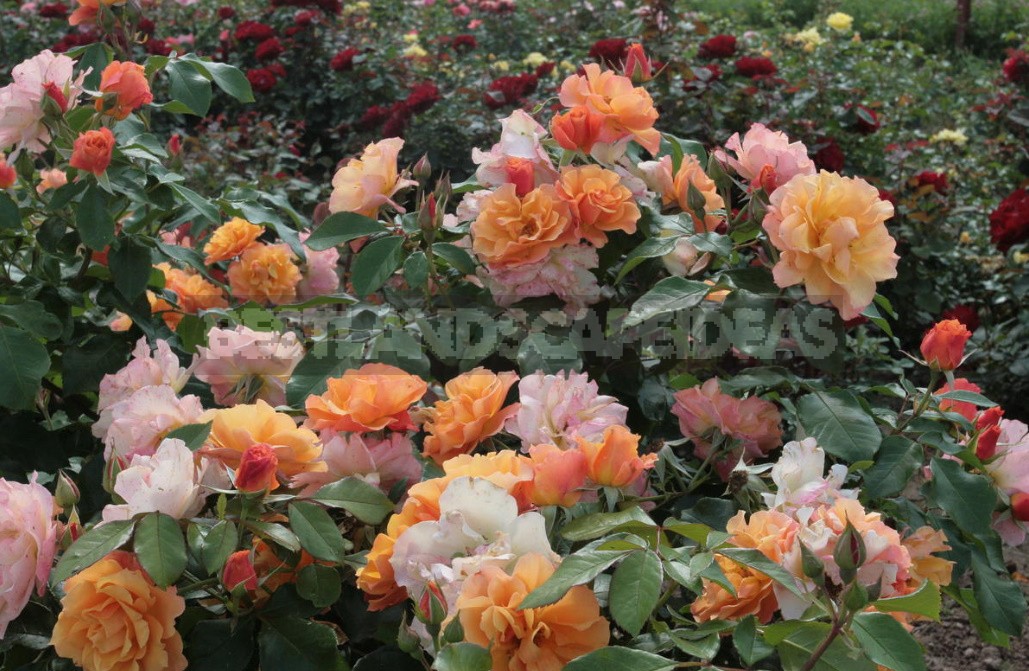
Choosing the most resistant varieties to major diseases for your plantings, try to create optimal conditions for their growth and development. This will allow plants to respond adequately to any stressful factors, including a possible attack of phytopathogens.
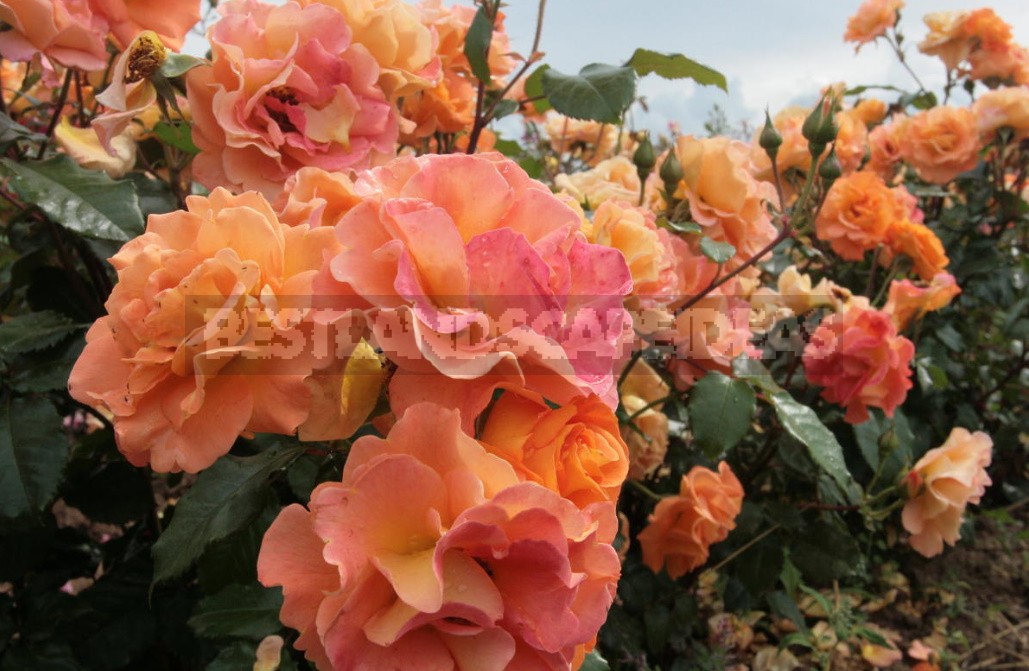
Do not neglect simple agricultural techniques when caring for your roses – timely watering and loosening. Pay attention to the optimization of mineral nutrition. Watch for plantings – this will help you identify the most problematic plants or varieties.
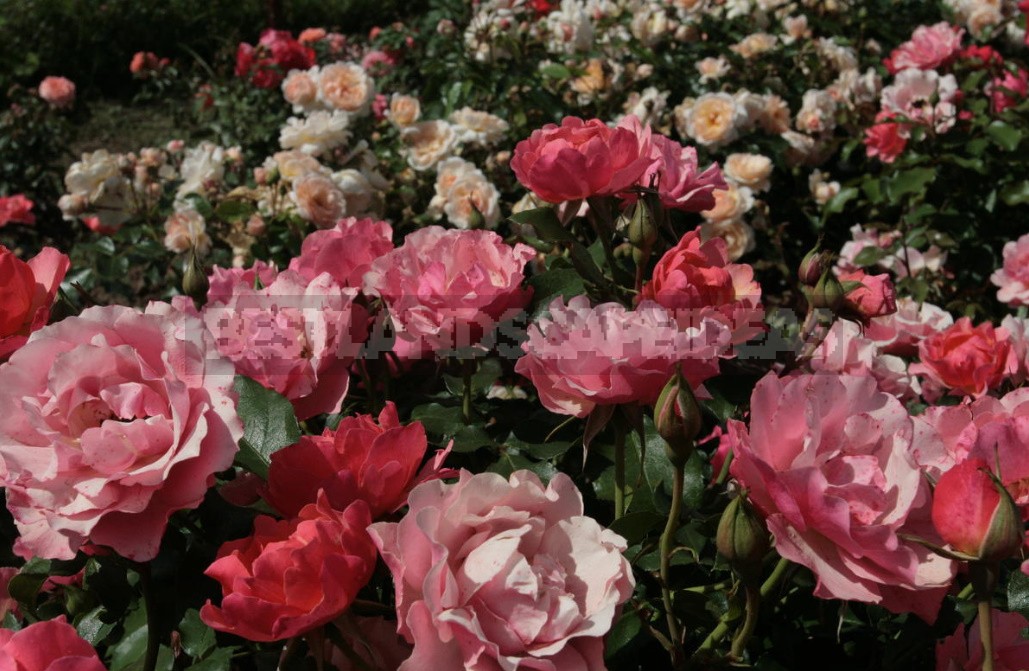
If your roses lose their decorative qualities early, resolutely get rid of such varieties! Among the modern assortment of roses, there are many that can remain attractive throughout the season. In addition, the use of resistant and highly resistant varieties will reduce costs and minimize the risks associated with the use of chemical protection products.
